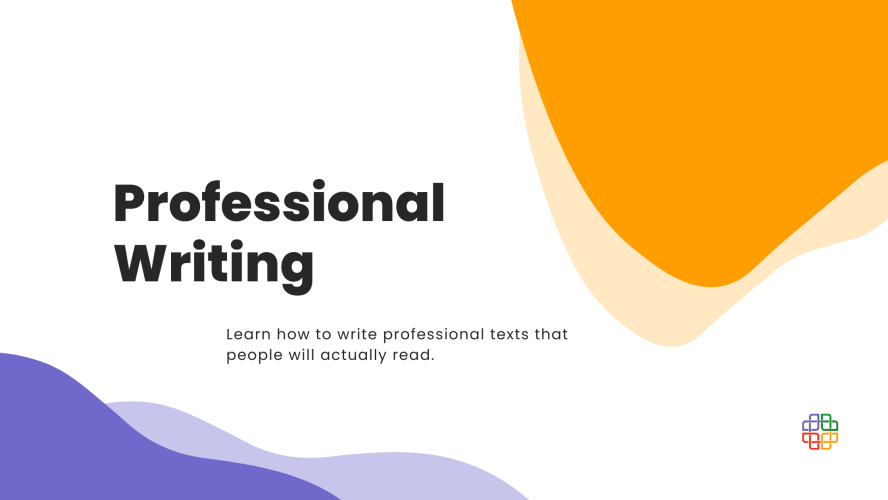Probably half of you sometimes suffer from a lack of inspiration. But the other half doesn’t even know what tools are actually helpful with writing, where to find them, which fonts are suitable for heading, long texts or what an architecture of text is. Don’t worry! It seems you’re not the only one, so here we come with a couple of tips.
The art of typography
Due to the interdisciplinary character of typography, this term doesn’t have one definition. For the people sticking with marketing, however, one particular definition seems to be the accurate one. It was drawn up by The Department of Communication and Design University of Reading:
Typography is the art of facilitating perception and reading.
One sentence concludes the purpose and aim of typography – an important tool of modern visual communication. As we know, in our marketing and advertising industry it plays a big role.
Advantages of typography
They say that content is a king and typography is his crown. So, actually, for what reason does one needs to be acquainted with typography?
First of all, the art of typography can have a huge influence on your image and your clients’ opinion. Being a professional isn’t only about having years of experience, a big company and many co-workers. It’s also the way you show your services, products, business and yourself, for example on social media accounts, websites or blogs. Besides aesthetic photos and artistic graphics, it’s important to have refined text.
By creating a refined text I mean using the right words for the type of text we want to prepare, adding concrete formatting and applying something that is called by typographers the “architecture of text”. Under this term exist a few rules, which can help our customers or viewers go through our text.
“Architecture of text” includes the following issues:
- Bold texts attract attention.
- Bullets simplify the organization and segregation of important things.
- Colours imbue the message.
- Display headlines inform about the beginning of a new text excerpt.
- Identical stylistics keep impressions on integrity, which also helps readers with finding out about the end of the publication.
Another reason that speaks to the importance of typography is to keep customers on your site. For many people the first impression is essential. At first, people look at the text sweepingly. Only after a moment can they focus on substantive correctness. When they read – colloquially speaking – an ugly text or visit a trashy website, they immediately get out. Too many fonts, too many colours or too much creativity are overwhelming.
Last but not least is the aspect of formatting text blocks. Justified text can present elegance and sophistication. A combination of serif font can be a bottom line of a good design, professionalism and inspire trust in products or services. Justified text is suitable for long publications. As for titles of chapters, the middle-spaced text is the best choice. For short ones, like headlines or titles, the left-aligned text would be enough, and the right-aligned text is for the author’s signature.
Which font should I use?
Maybe many of you think that you don’t need this kind of knowledge, because in the era of technology computers can correct us on many levels: where to put a comma, where is an orthographic mistake or that we have a wrong translation of a word… There are many, many more merits of this high level of tech development.
But computers and their programs were made for many people, not just for you and your needs. So, when you open a program like Microsoft Word, it will immediately suggest you font and it will probably be Calibri. In other programs, it could be Arial. Have you ever wondered why? Here’s the answer to this question.
Arial and Calibri are examples of sans-serif typefaces. This kind of typeface is accurate for shorter texts, like headlines. It’s also suited for a text that is meant to be read-only on a computer because the human eye easily catches sans-serif typefaces on the screen. This is why programs like MS Word suggest these fonts.
For longer texts, you should choose serif typefaces, like Times New Roman or Garamond. Texts written in serif fonts are easily remembered – it’s been proved by tests.
Here are a few tips for editing texts:
- Don’t underline sentences – it’s not professional.
- Don’t write in CAPSLOCK – it doesn’t look good.
- Don’t write in italics – it’s hard to read.
- Have in mind a contrast between background and signs.
Want to know more?
For more tips & tricks to enhance your skills in MS Word we share with you a valuable video prepared by a professional. It includes the newest tricks available after upgrades. Video is split into sections, so you can watch only the parts you’re most interested in, without wasting your time. Enjoy!
If you’re curious other articles like this, you can look here for more inspiration and guides.




